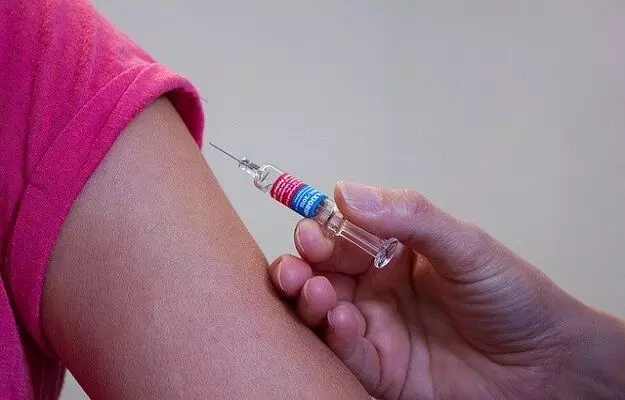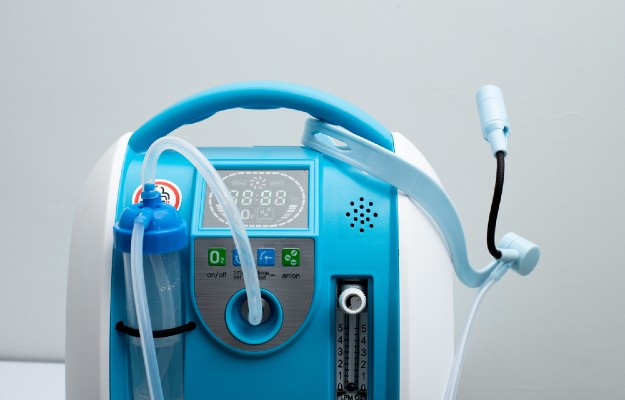An antigen is a protein on the surface of microbes against which specific antibodies are formed. The immune system then destroys the antigen to stop the progression of the disease.
Antigen selection is the first step in vaccine development. There are various types of antigens that are currently being considered for use in developing COVID-19 vaccine. Here is a list:
Whole-cell antigen
A whole-cell antigen, as the name suggests, has the whole virus - nucleic acid (DNA/RNA), protein, lipids and other components. A whole-cell vaccine is of two types:
- Live attenuated vaccine - which uses a weaker version of the original virus.
- Killed virus vaccine - which uses the killed virus.
Live attenuated vaccines are generally more effective and one or two doses of the vaccine can give lifelong immunity. On the other hand, killed vaccine needs booster doses to ensure that the person is immune to the pathogen.
Structural proteins
Structural proteins are one of the most common targets for vaccines. These proteins are needed to make a complete virus. The SARS-COV-2 virus codes the following structural proteins:
- Spike (S) protein
- Nucleocapsid (N) protein
- Membrane (M) protein
- Envelope (E) protein
S protein
The S protein is being used as a target for a lot of COVID-19 vaccines. It is the protein that helps SARS-COV-2 virus bind with the ACE-2 receptors on the surface of human body. S protein has 2 subunits - S1 and S2.
The S1 subunit further has two domains - the N-terminal domain (NTD) and the C-terminal domain (CTD). A part called the receptor-binding domain is present in the CTD, this is the part that binds to the ACE-2 receptors.
Read more: Why does coronavirus SARS-COV-2 affect the lungs?
The S2 subunit contains all the parts that the virus needs to fuse with the outer membrane of healthy cells - viruses are intracellular parasites, they have to enter healthy cells and use all the machinery of body cells to be able to replicate.
Various antigens are recognised from the S protein. These include:
Full-length S protein
This antigen has the complete S protein with all of its subunits. Since a complete protein will have more sites that could be identified by the immune system, it elicits a strong antibody response. A DNA vaccine encoding the full length S protein has shown promising results in animal studies in the form of higher antibody titers and reduced overall symptoms.
The UK based pharmaceutical company GSK (GlaxoSmithKline) is working together with the Chinese firm Clover Biopharmaceuticals to make a full-length S-protein vaccine for COVID-19.
RBD
Since the receptor-binding domain is what helps the SARS-COV-2 virus bind to the ACE-2 receptors, it is one of the common targets of vaccine developers right now. Injecting a person with either the protein or a nucleic acid coding for this subunit will lead to the production of antibodies against it. In case the person is exposed to the virus then, the antibodies would quickly recognise the subunit and prevent it’s binding to the ACE-2 receptors. This protects the person from acquiring the disease.
S1 subunit
Since it contains the RBD, the whole S1 subunit is also being considered a vaccine candidate for COVID-19.
Animal studies with MERS virus have shown that introduction of S1 subunit provided complete protection from the MERS-COV infection.
The S1 subunit also has the NTD domain which has shown some immunogenicity (ability to elicit an immune response) in lab studies with MERS virus though it was not a candidate for COVID-19 vaccine since not much is known so far about the function of NTD in SARS-COV-2.
Baylor Collge of Medicine, US, is developing a vaccine candidate with the S1 or RBD protein and an RNA vaccine encoding the RBD protein of the SARS-COV-2 virus is being developed in China.
FP domain of the S2 subunit
The FP domain is the part of the S2 subunit that helps SARS-COV-2 virus fuse with the membrane of (and hence enter) healthy cells.
Tianjin University in China is working on an RBD-FP fusion protein vaccine. Animal studies have shown that the vaccine is highly effective in creating antibodies against the virus.
Nucleocapsid (N) protein
N-protein is one of the most conserved proteins in all coronaviruses - it does not change much and is almost the same in all coronaviruses. Studies show that about 89% of the patients with SARS have antibodies against this protein. The N-protein performs various functions in COVID-19. This includes the formation of the outer coat of the virus, replication of the viral RNA and release of new viruses from the infected cell - these new viruses then infect the neighbouring cells and spread the disease in the patient’s body.
However, there is a lot of controversy around the use of this protein for a vaccine. As per the WHO draft for candidate vaccines for COVID-19 no institute has specifically mentioned using N protein so far.
Membrane (M) protein and envelope (E) protein
Just like N protein, M protein is highly conserved in coronaviruses and is a potential candidate for the vaccine of COVID-19. The M protein plays an important role in the assembly of viruses in infected cells.
On the other hand, E protein is not a strong immunogen, though it is responsible for assembly of SARS-COV-2 virus and budding out of the virus from the infected cell.
Studies show that removal of the E protein reduces the infectivity of coronaviruses and their ability to elicit inflammation.
Read more: Inflammation and COVID-19































